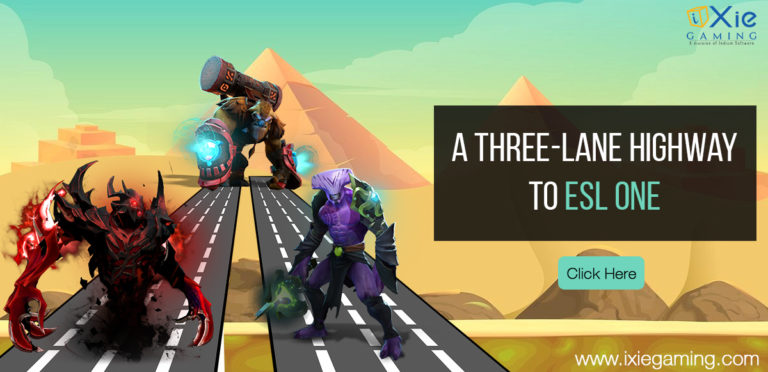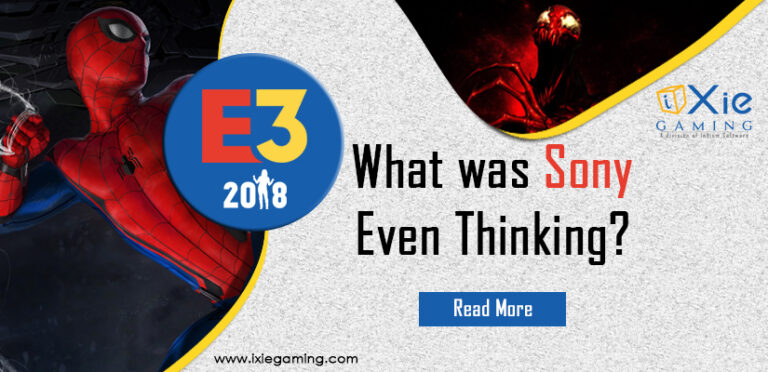Augmented Reality (AR) and Virtual Reality (VR) represent the cutting edge of technology, and some of the most immersive experiences in gaming by bridging the gap between digital and physical worlds. While this sub-category of gaming is still in its infancy compared to the industry as a whole and therefore has a much smaller market, it has some of the most ambitious ideas and principles driving each and every project. Naturally, the process of building these experiences on AR/VR platforms calls for some of the most talented groups of developers who love a challenge. Let’s dive in deeper and learn how these incredible works of art and technology are made.
Why is AR/VR different?
To understand AR/VR game development, one needs to understand the fundamentals of AR/VR as a platform. It is common knowledge that a VR headset and a special set of controllers, rather than your traditional controllers used in conventional games, are needed for VR games. But the differences go beyond the hardware requirements when we dwell deeper into the development philosophies of a VR/AR title. Getting the user to interact with the in-game world and UI (User Interface) through physical actions and gestures in the real world would mean a drastic shift from how many of the vital elements are handled while designing the game.
There are various factors to consider before and during development, depending on the type of game/experience one is trying to build, like the various platforms available and the unique challenges each platform brings to the various tools available and their compatibility with one another, to user experience considerations and market fragmentations. The developer needs to set their roadmap accounting for all these factors and choose what works best for their project. And one of the primary considerations is the game engine and the tools on which the game is built.
Game Engines, SDKs, and Modeling Software
Some of the popular game engines used for VR include Unity, Unreal Engine, and Godot. These engines offer powerful rendering capabilities, physics simulations, and asset management systems necessary for creating realistic virtual environments. SDKs like ARKit Oculus Integration, and Seam VR provide libraries and tools to integrate the necessary hardware components into the game.
These tools facilitate the integration of features such as tracking, rendering, and input for a seamless user experience. Assets created on modeling software like Autodesk Maya, 3ds Max, or Blender can be used in conjunction with animation software, such as Autodesk MotionBuilder or Unity’s Timeline to bring these assets to life by adding movement and behavior. Sound design is critical for an immersive gaming experience. Audio tools like FMOD and Wwise help developers create spatial audio, sound effects, and music that enhances the realism and atmosphere of the virtual world. These tools enable precise audio positioning based on the user’s position and movement in the virtual environment.
While these tools are also used in building traditional 2D and 3D games, there are some challenges unique to creating games in AR/VR.

The Many Challenges
AR/VR games demand high-performance hardware to render realistic visuals and maintain smooth interactions. Developers face the challenge of optimizing their games to run smoothly on various devices while minimizing latency. They need to create intuitive interfaces that are accessible in a 3D environment and can be easily operated using different input methods.
One of the significant challenges in AR/VR game development is mitigating motion sickness, which occurs when users experience a disconnect between their visual and physical sensations. Developers must design games with careful consideration of movement mechanics, comfort modes, and minimizing abrupt camera movements to reduce the risk of motion sickness.
Various VR/AR platforms vary significantly in terms of hardware capabilities. Different platforms employ distinct input devices, such as motion controllers, hand-tracking systems, or even haptic feedback suits. Developers need to design their games to accommodate these varying input methods and ensure that interactions are intuitive and responsive across all platforms should they choose more than one platform to release their game.
Adding to that, each platform has differing user bases, and developers need to consider the market potential and audience size of each platform when deciding where to focus their efforts. This choice can impact the visibility, sales, and success of a VR game.
And finally, platforms continue to evolve, with new hardware iterations and software updates being released. This constant evolution adds complexity to game development as developers need to adapt their games to leverage new features and optimize performance on updated platforms.

Why AR/VR then?
All of this may sound a bit overwhelming and even demotivating to someone starting new. But a game development service in general is a challenging prospect, and developing conventional games on various platforms poses its fair share of challenges. VR/AR just adds another layer to it. This is still an emerging market, that is held back by a high cost of entry for the user.
However, the VR market has seen a steady rise thanks to reduced costs of newer hardware, like the Quest family of devices, and an ever-growing library of games. Titles like Beat Sabre, Superhot VR, and Halflife: Alyx stand as shining examples of an immersive VR experience, while also being financial successes. What is common among these titles is a combination of Intuitive polished gameplay, smooth movement, excellent audio design, and lag-free VR interactions in general.
These elements combined make a solid VR/AR experience as they cater to the most basic requirements of the platform. Immersion! By incorporating animations with smooth in-game transitions that correspond with real-world actions, both during gameplay and in UI design, and implementing a robust physics system, developers can focus on eradicating hurdles like motion sickness and getting the players as immersed in their world as possible.
Conclusion:
Developing VR/AR games comes with a unique set of challenges that vary across different VR/AR platforms. From hardware limitations and user experience considerations to market fragmentation, game developers must navigate these obstacles to create immersive and successful experiences. This is still a growing market that is slowly but steadily finding a footing in the industry with a dedicated user base. And for that alone, there has never been a better time to be a developer for a VR/AR project.
Planning to deliver engaging and highly immersive games to players worldwide? iXie would be the right choice with massive experience in the gaming industry over the past decade.






